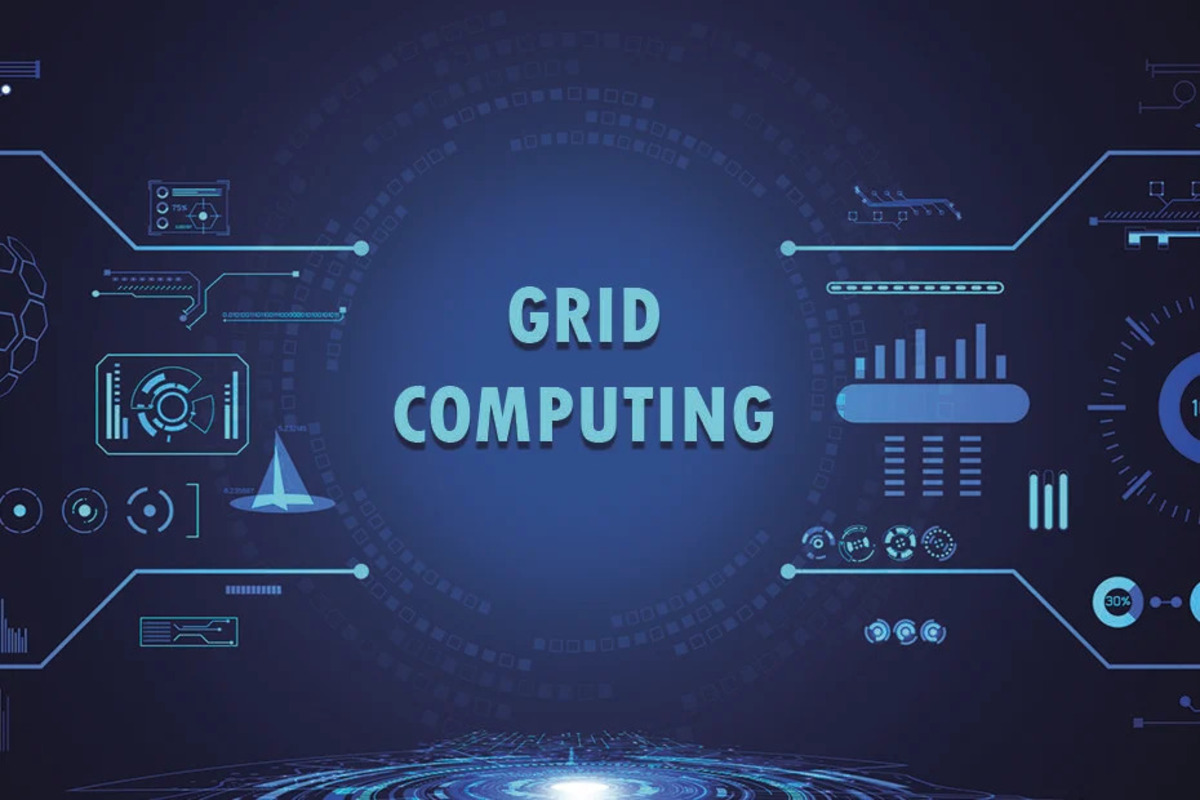Speeding Up Processes Through Parallel Computing
The amount of data processed daily continues to grow. A single processor or computer is no longer enough to complete large tasks within a short period. This is why parallel computing has become an essential part of data processing. Simply put, it’s a method where a task is divided and completed simultaneously by multiple processors.
Today, parallel computing is widely used across various industries. From analyzing financial markets and conducting medical research to running artificial intelligence models, it helps accelerate entire workflows. When there are millions of data lines to analyze, there’s no need to wait for hours—multiple processors can tackle the job together.
It’s not just about speed. Parallel computing also improves workflow efficiency. Instead of forming a queue of tasks, all components work together simultaneously. Think of building a house with different teams handling the roof, walls, and ceiling—everything progresses at the same time.
Shared Memory: One System, Many Hands
One of the earliest parallel computing models is the shared memory model. In this setup, multiple processors are connected to a single memory space. It’s like a group working on the same whiteboard. Even though they’re working at the same time, they share the same space to record their output.
This is ideal when tasks are highly interrelated. For instance, in high-definition video editing, multiple sections of a file need to be accessed simultaneously. With shared memory, each processor can quickly retrieve the data it needs.
The downside is that too many processors can cause memory traffic—like many people trying to write on the same whiteboard at once. Proper coordination is necessary to avoid clashes.
Distributed Memory: Each Has Its Own Tools
If shared memory is like one board, distributed memory is like each member having their own sheet of paper. Here, every processor has its own memory and must communicate with others to access data it doesn’t have. This is often used when the data is too large to fit into a single memory space.
This model makes scaling easier. You can keep adding processors since they don’t rely on shared memory. A good example is weather system modeling. Each region can be assigned to one processor, exchanging data only when necessary.
The challenge lies in communication. An efficient messaging system is needed to avoid wasting time waiting for data. Without proper setup, even with many processors, the result can still be slow.
Data Parallelism: Same Task, Different Parts
Another method is data parallelism. In this model, one operation is repeated over different segments of data. For example, if you need to multiply every number in a list of 1,000,000, you can split the list into 10 parts and assign each to a processor.
This method is commonly used in graphics rendering and image processing. When applying a filter to a photo, each pixel goes through the same formula. Processing all pixels simultaneously speeds up the task.
Though simple in concept, it’s critical to balance the workload. If one processor has more work than others, it slows down the entire process. Hence, data splitting must be done evenly.
Task Parallelism: Different Tasks, Done Simultaneously
In contrast to data parallelism, task parallelism assigns different tasks to each processor. Instead of performing the same operation, each processor handles a unique function. For example, in an online store, one processor might handle search, another checkout, and another user profiles.
This setup suits complex systems with multiple simultaneous requirements. It doesn’t need to repeat the same code, making it flexible for dynamic applications. It’s often used in server-based platforms with many concurrent users.
Its effectiveness depends on task division. If one task is heavier than others, it becomes a bottleneck. Task schedulers are used to balance the load.
SIMD and MIMD: Two Foundations of Parallel Architecture
Single Instruction, Multiple Data (SIMD) is one of the most efficient methods for large datasets. Here, all processors use the same instruction but work on different data segments. It’s like a teacher assigning the same task to students, but each student answers different questions.
SIMD is used in applications like video encoding and signal processing. Since tasks run in parallel, it completes large workloads quickly. The downside is that each data point must go through the same process.
Multiple Instruction, Multiple Data (MIMD) is more flexible. Each processor can have a unique instruction and dataset. It’s suitable for complex computations like simulations or AI training. However, the setup is more expensive and harder to optimize.
MapReduce: Dividing Work, Combining Results
MapReduce is a model that rose in popularity alongside large-scale data platforms like Hadoop. It has two parts: Map, which splits the work across machines, and Reduce, which aggregates the results. Think of a group project with reviewers, writers, and a compiler.
It’s used for tasks like word counts in millions of documents. Each processor handles a portion, tallies word occurrences, and the results are combined to find the most frequent word.
This is effective for handling structured data, but not ideal for real-time tasks due to delays while waiting for all machines to finish before the next phase starts.
GPU Computing: Wider, Faster
GPUs are no longer just for games. Today, they’re vital for parallel computing due to their ability to perform thousands of tasks simultaneously. Their architecture is designed for massive parallelism, making them perfect for AI, scientific computing, and big data analytics.
For AI training, for instance, the volume of calculations per second is too heavy for CPUs alone. GPUs handle the heavy mathematical operations to speed up the process. A model that takes a week on a CPU might finish in hours with a GPU.
However, effective GPU computing requires proper programming using frameworks like CUDA or OpenCL. It’s not plug-and-play, but the effort pays off for speed-demanding tasks.
Multithreading: One Processor, Many Workflows
Not all parallelism needs multiple processors. In multithreading, a single processor divides tasks into separate threads—like one person with a checklist completing items in overlapping time frames.
It’s used in desktop apps like web browsers. While opening one tab, others can continue loading. Tasks don’t wait on each other, creating a smoother user experience.
Multithreading is effective if threads are well-scheduled. If they all run without coordination, the system may slow down. Libraries and thread managers help maintain order.
Combining Methods for Maximum Efficiency
No single method fits every situation. The real power of parallel computing lies in combining approaches. You might use multithreading for the frontend and distributed memory for the backend—or blend GPU computing with task parallelism for faster responses.
System architects build hybrid models to maximize each method. For example, an AI platform may use MapReduce for data collection, SIMD for preprocessing, and MIMD for training. What matters is connecting the components efficiently.
As data demands grow, understanding these methods becomes even more critical. It’s not just about programming—but about using the right strategy to tackle massive workloads.



